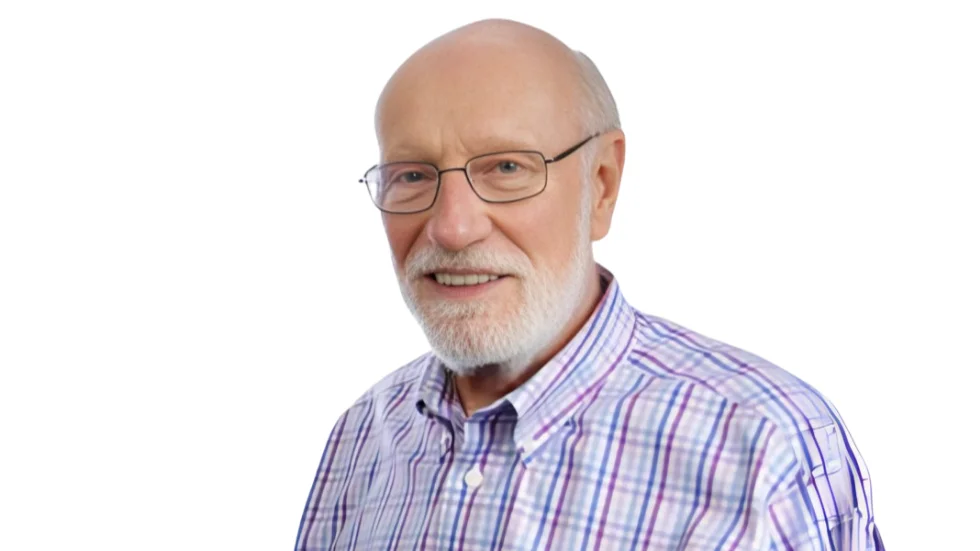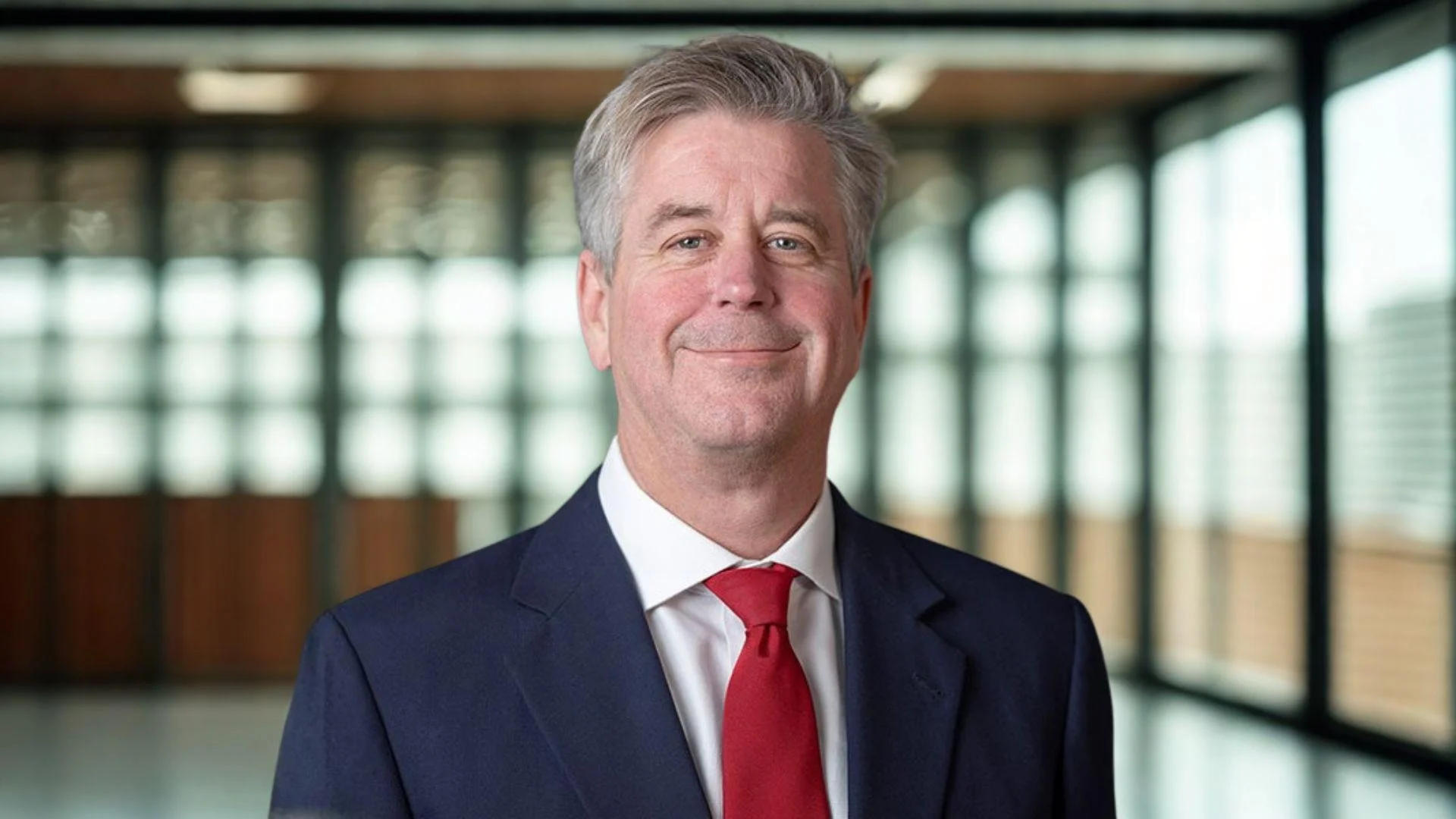AstraZeneca enhances new Cambridge research facility with 3 partnerships

The alliances will provide the AstraZeneca MRC U.K. Centre for Lead Discovery with industry-leading technologies that will help researchers in the discovery of novel small molecule medicines.
“Working together with leading technology providers, we are creating cutting-edge capabilities for compound management and screening," Steve Rees, vice president of screening sciences and sample management for discovery sciences at AstraZeneca, said. "This will deliver new ways of working, help reduce costs and transform our ability to identify new molecules that could become medicines of the future.”
The first partnership is with HighRes Biosolutions. The automated robotic systems provider will create robots for the high throughput screening of compounds. The robots will use technology originally developed for the European Space Agency and give scientists the ability to directly interact with them instead of being separated by a protective shield. With this three-year deal, AstraZeneca will become the first adopter of advanced robotics in the pharmaceutical industry.
The second partnership involves using sound wave energy to dispense compounds directly from individual storage tubes into well plates for testing. It will consist of fully automated liquid handling by Labcyte, an automated liquid storage system by Brooks Automation and a co-developed acoustic sample storage tube. In addition to improving quality in screening data, it will also allow for any compound in AstraZeneca's collection to be chosen for a screen.
The third partnership is a five-year deal with Genedata and revolves around the use of a software platform to promote collaborations in drug discovery and decrease costs associated with data analysis.











 Alerts Sign-up
Alerts Sign-up